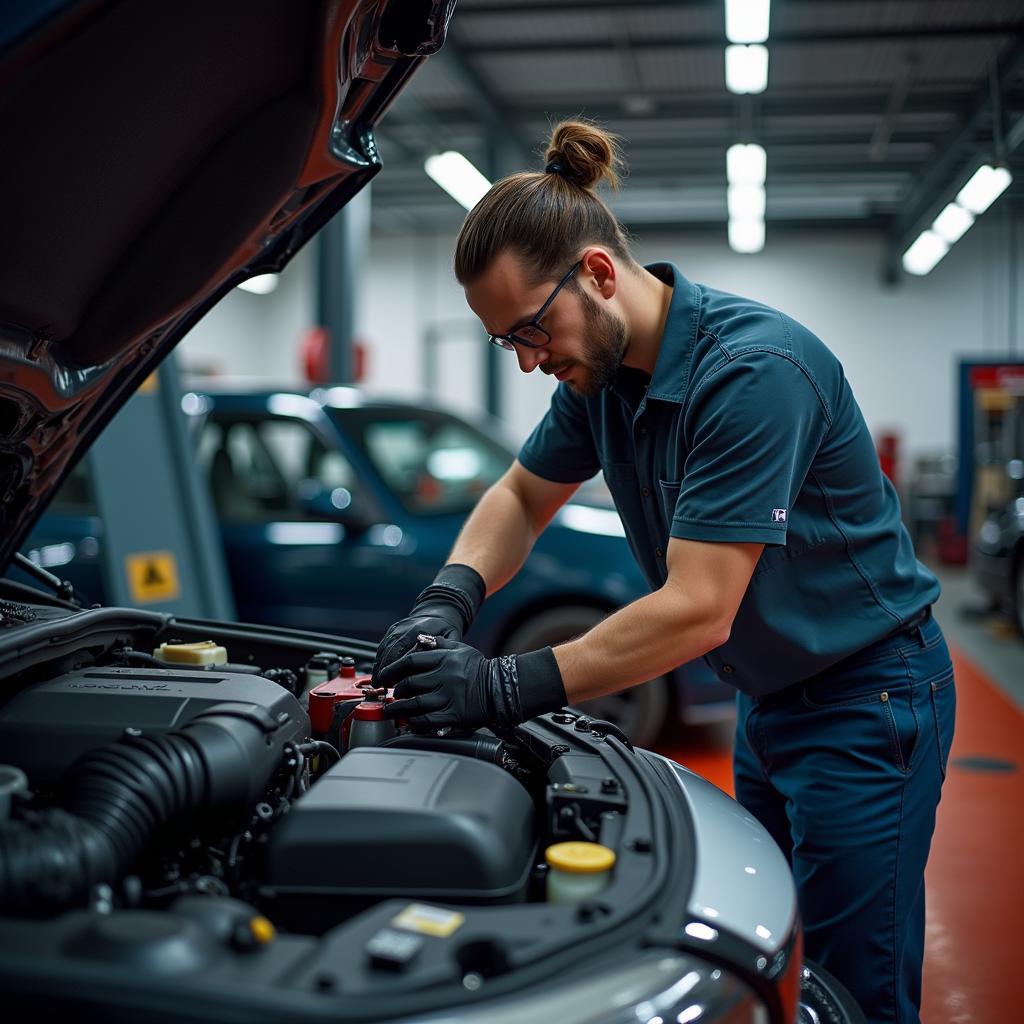What Cars Are Fully Serviceable?
When it comes to car maintenance and repairs, “fully serviceable” implies that a vehicle can receive comprehensive services without major limitations. However, the reality is a bit more nuanced. While almost all modern vehicles are designed to be serviceable to a high degree, various factors influence just how “fully serviceable” a car truly is. Let’s break down what affects a car’s serviceability and explore some key considerations.
Factors Affecting a Car’s Serviceability
While most cars rolling off the production line are designed for straightforward maintenance, several elements can impact their long-term serviceability:
- Age of the Vehicle: Older cars, especially those exceeding 10-15 years, might present challenges due to discontinued parts, specialized tools required, or simply the wear and tear of time.
- Make and Model: Certain makes and models are known for their ease of service, often due to readily available parts and straightforward mechanical designs. Others might have more complex systems or use proprietary parts that are harder to source.
- Technological Complexity: As vehicles become increasingly computerized, the need for specialized diagnostic equipment and software updates grows.
- Availability of Parts: A key factor in “full serviceability” is the accessibility of replacement parts. This can become a concern for discontinued models, rare imports, or vehicles with unique components.
- Accessibility of Service Points: A car designed with easily accessible service points simplifies routine maintenance tasks like oil changes and filter replacements.
 Accessible Engine Bay
Accessible Engine Bay
Common Misconceptions about “Fully Serviceable” Cars
There are a few common myths surrounding the concept of a “fully serviceable” car:
Myth 1: All New Cars are Equally Serviceable
While most new cars are designed for relatively straightforward servicing, variations exist. Factors like engine type (e.g., turbocharged vs. naturally aspirated) and the complexity of electronic systems can influence the level of specialized knowledge and equipment needed for servicing.
Myth 2: “Fully Serviceable” Means Repair Costs are Always Low
Even for highly serviceable cars, repair costs can vary depending on the nature of the repair, the cost of parts, and labor rates.
Myth 3: Only Dealerships Can Service “Complex” Modern Cars
Independent mechanics often invest in the training and equipment required to service a wide range of vehicles, including those with intricate electronic systems.
 Mechanic Using Diagnostic Tool on Modern Car
Mechanic Using Diagnostic Tool on Modern Car
What to Look for in a “Serviceable” Car
If ease of maintenance and repair is a top priority, here are some factors to consider when car shopping:
- Research the Make and Model: Online forums and owner communities can provide valuable insights into the long-term serviceability of specific car models.
- Check Parts Availability: Before committing to a car, especially a less common model, inquire about the availability and cost of common replacement parts.
- Factor in Potential Future Costs: Consider not only the initial purchase price but also potential maintenance and repair costs down the line.
- Look Beyond the Brand: While some brands have a reputation for reliability and straightforward servicing, don’t rule out models from other manufacturers without doing your research.
Conclusion
The term “fully serviceable” in the context of cars isn’t absolute. While virtually all modern vehicles are designed to be serviced, factors like age, make, model, and technological advancements play a significant role. By understanding these factors and conducting thorough research, you can make informed decisions about choosing and maintaining a car that aligns with your serviceability expectations.

